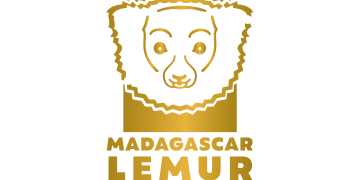Formulation of an effective national policy framework on IAS
Capacity building, knowledge and information-sharing systems to address the IAS threats
Investment in sustainable management, prevention, eradication, and control of IAS and restoration of IAS-degraded habitat at key marine and coastal areas.
